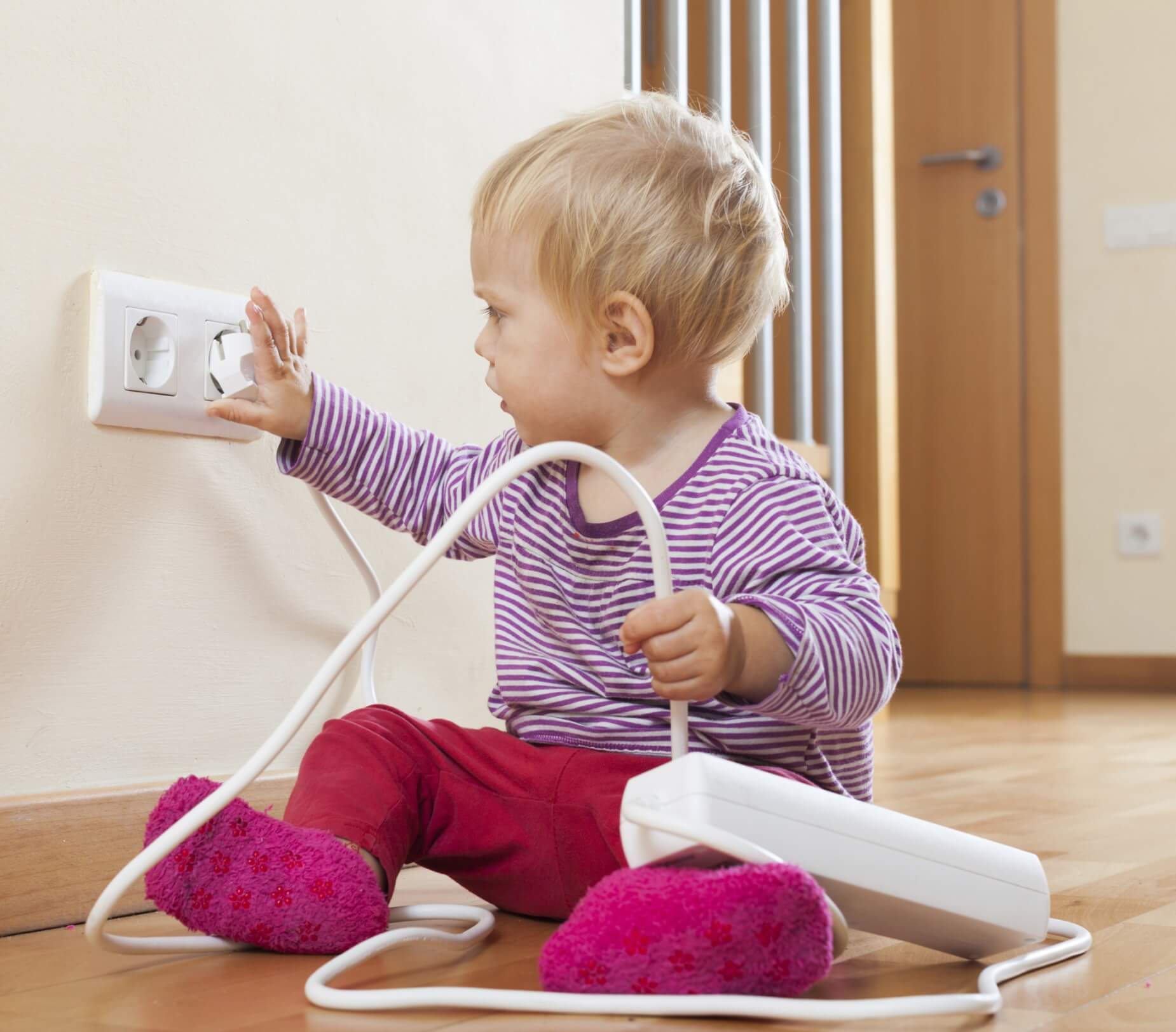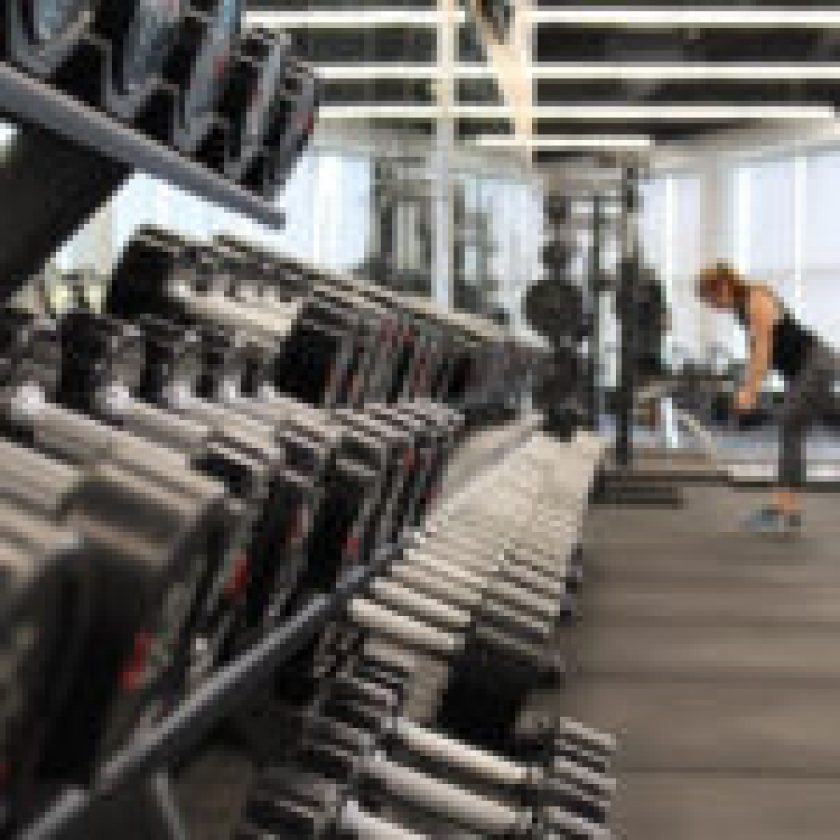Children are naturally curious. They see a jungle gym where you see a coffee table. They see a fort where you see couch cushions. As a result, they may find themselves in accidents. While it is impossible to completely childproof a home, you can follow these safety tips to protect children as effectively as possible.
The Accident Prevention Program at Children’s Hospital Los Angeles helps educate and treat many families and patients who have been injured at home. The parents still claim that they did not expect the injury to occur because they keep a constant eye on their children. Unfortunately, even with the most attentive parents, accidents can happen in a matter of seconds. It is important to remember, however, that they are avoidable, and one simple key step to making your home child safe is to childproof your home.
Being Prepared For Emergencies
Keep a list of emergency numbers near all of the phones in the building. This should include your address as well as emergency phone numbers, such as the Poison Control Center’s number (800-222-1222). Consider learning CPR and basic first aid. Also, have some first-aid supplies on hand.
Living Room

source: blog.froy.com
The following are some safety tips for the living room:
- To prevent injuries, keep furniture edges and corners covered.
- A wall strap can be used to secure large TVs and other heavy furniture. This prevents them from collapsing. Also, use a TV stand that is the proper size for your TV.
- Put up a barrier around fireplaces and other sources of heat.
- Keep electrical cords out of reach of children. Also, make certain that none of the threads are frayed.
- Furniture should be kept away from windows. This keeps kids from climbing up on the furniture and falling out the window.
- Keep all potted plants out of children’s reach.
- Remove any stray rugs and secure them to the floor.
Kitchenette
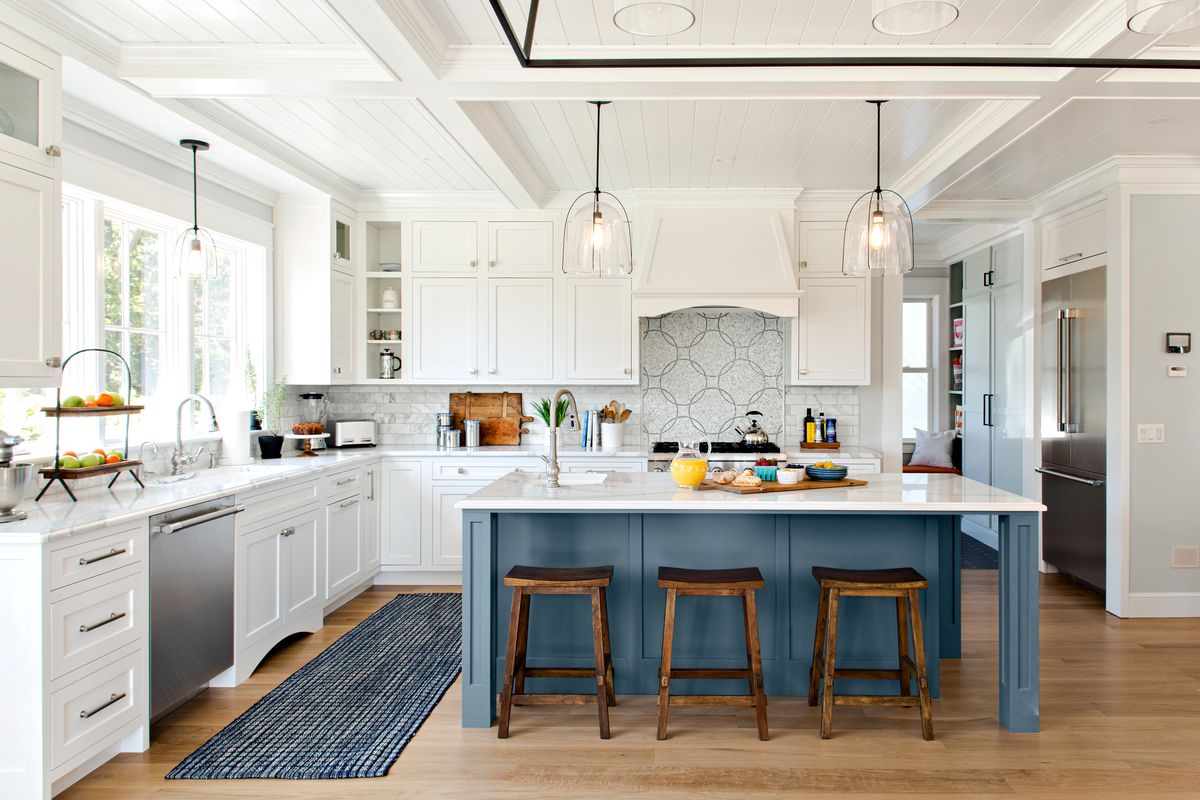
source: thisoldhouse.com
Here are some kitchen safety tips:
- Knives, scissors, and other sharp utensils should be kept out of reach of children.
- When possible, cook on the back burners. Pots and pans handle can be rotated backwards on the burner.
- Maintain a functional fire extinguisher in the kitchen. Make certain that all adults in the house understand how to use it.
- All toxic household products, such as cleaning supplies, medicines, and vitamins, should be stored with caution. Keep them in their original packaging. And keep them out of reach of children by storing them in a cabinet.
- Always strap your child in if he or she uses a highchair.
- Tablecloths should not be used. Small hands can grasp them and pull dishes and other objects onto small heads.
Kids Room
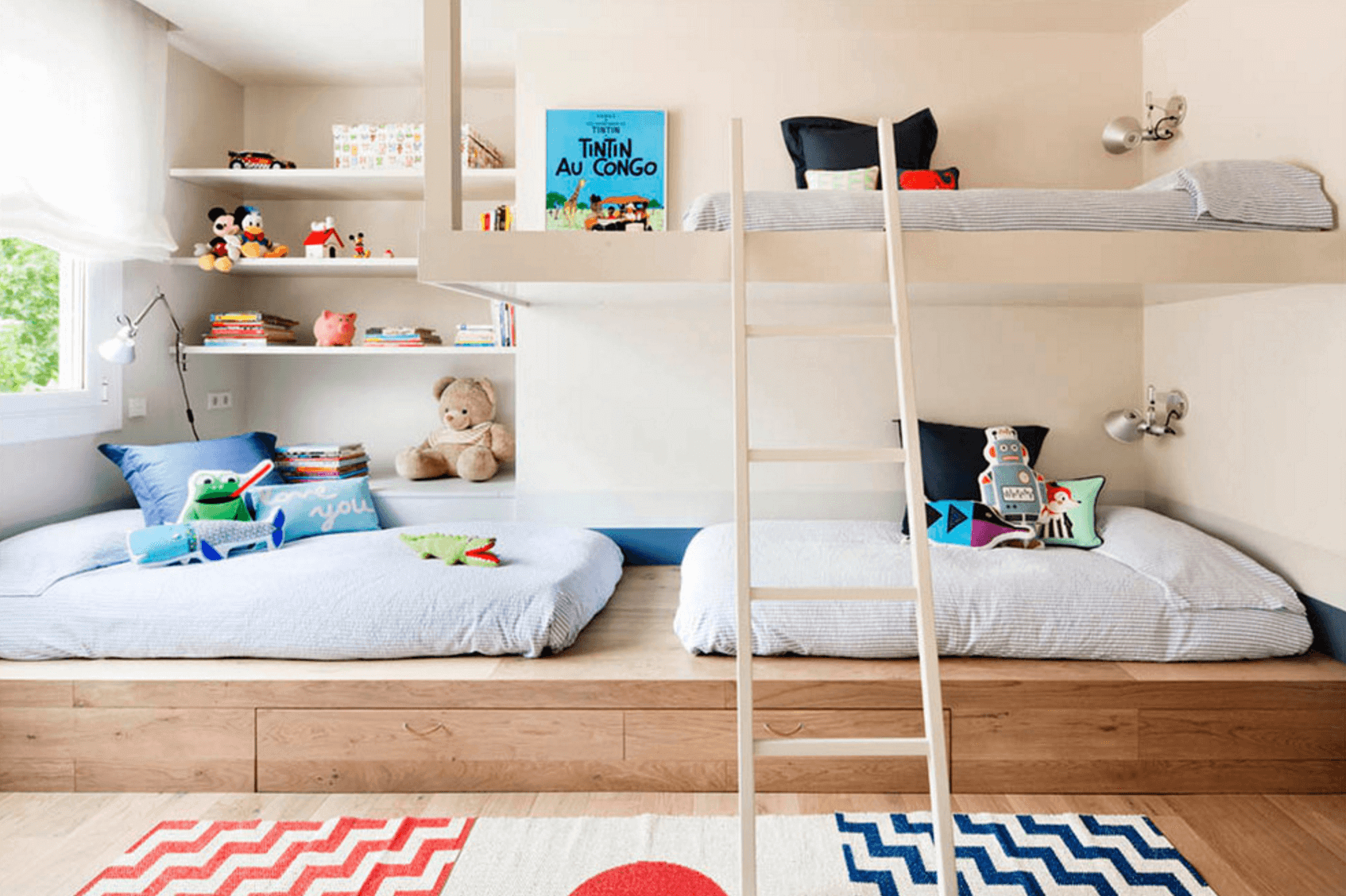
source: pinterest.com
The following are some safety tips for the kids room:
- Keeping diaper-changing items around the changing table is a good idea. Never, ever leave your baby alone.
- Children should not be able to enter drapery and blind strings. They may be strangled by your kids.
- Check to see if a toy box has a heavy lid that could trap your child.
- Install a safety hinge to keep the lid open, or remove the lid entirely.
- Keep the bed as far away from the windows as possible.
- Only use bunk beds for older children.
- To keep your child’s crib safe, follow these guidelines:
- Toys, pillows, and stuffed animals should all be removed. Remove any bumper pads or loose blankets as well. These things may all be used as measures to help you get out of the crib. They may also be a source of suffocation.
- The crib slats should be no more than 2% inches apart. Slats that are too wide can trap a baby’s head.
- Look for small parts that a child might choke on in the crib.
Bath-Room
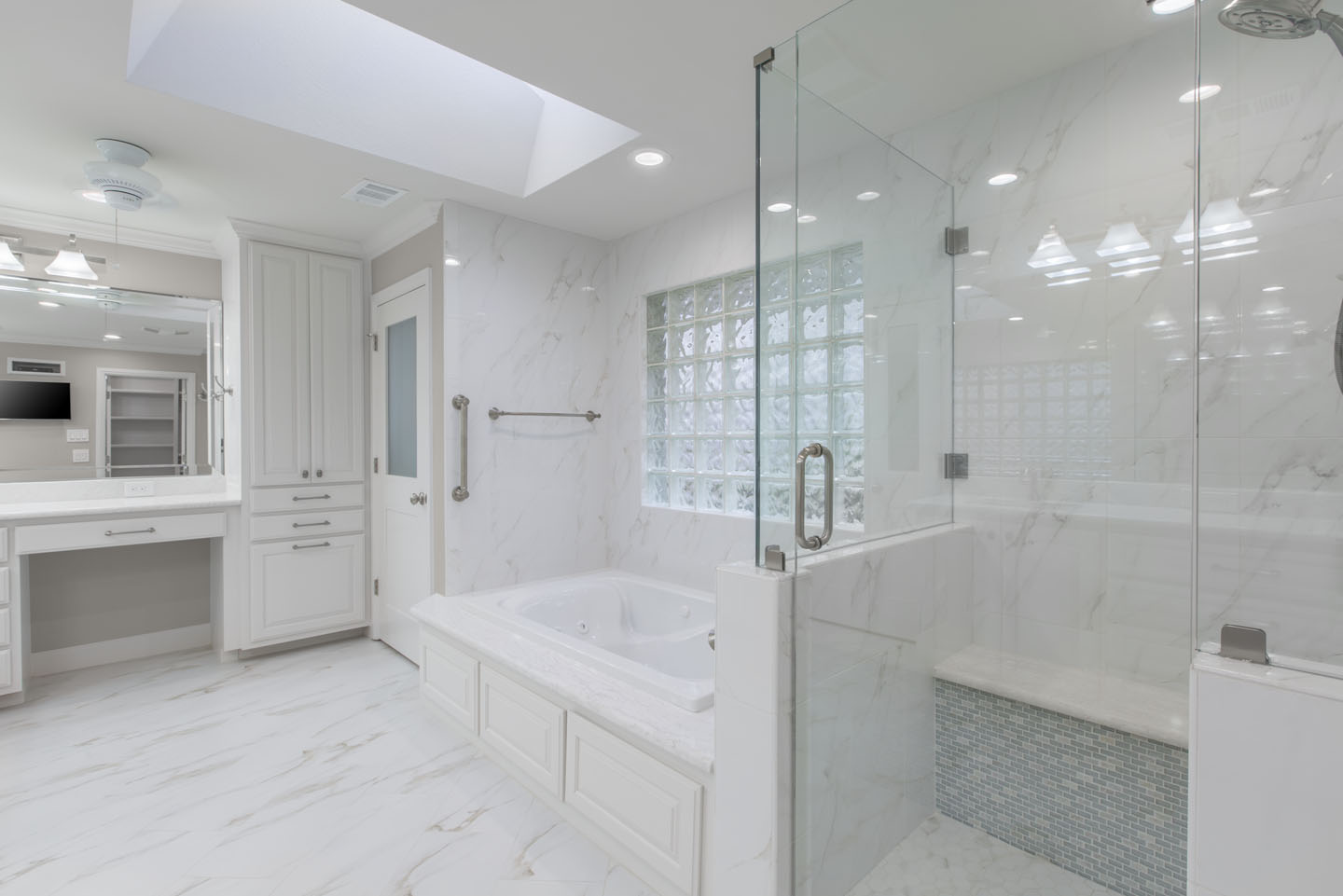
source: remodelmm.com
The following are some bathroom safety tips:
- To prevent falls, keep nonskid bath mats on the floor and in the tub.
- Medicines and cosmetics should be kept in locked containers out of reach of children.
- Unplug hair dryers and other electric appliances and keep them out of children’s reach. Check to see if each has a ground fault circuit interrupter (it does if its plug has two buttons labelled “set” and “reset”).
- Always keep focus eye on young children in the bathroom to avoid drowning. Keep a close eye on them while they’re in the tub. Never leave a child unsupervised in water. When finished, drain the sink or tub.
- To avoid scalding, keep your hot water heater at 120°F (48.9°C) or lower. Be aware that a child’s skin is more sensitive to heat and can burn more easily than an adult’s.
- To keep toddlers from drowning, use toilet seat locks.
- On bathroom doors, use doorknob covers. These require squeezing to open the door, which is difficult for young children.
Stairs
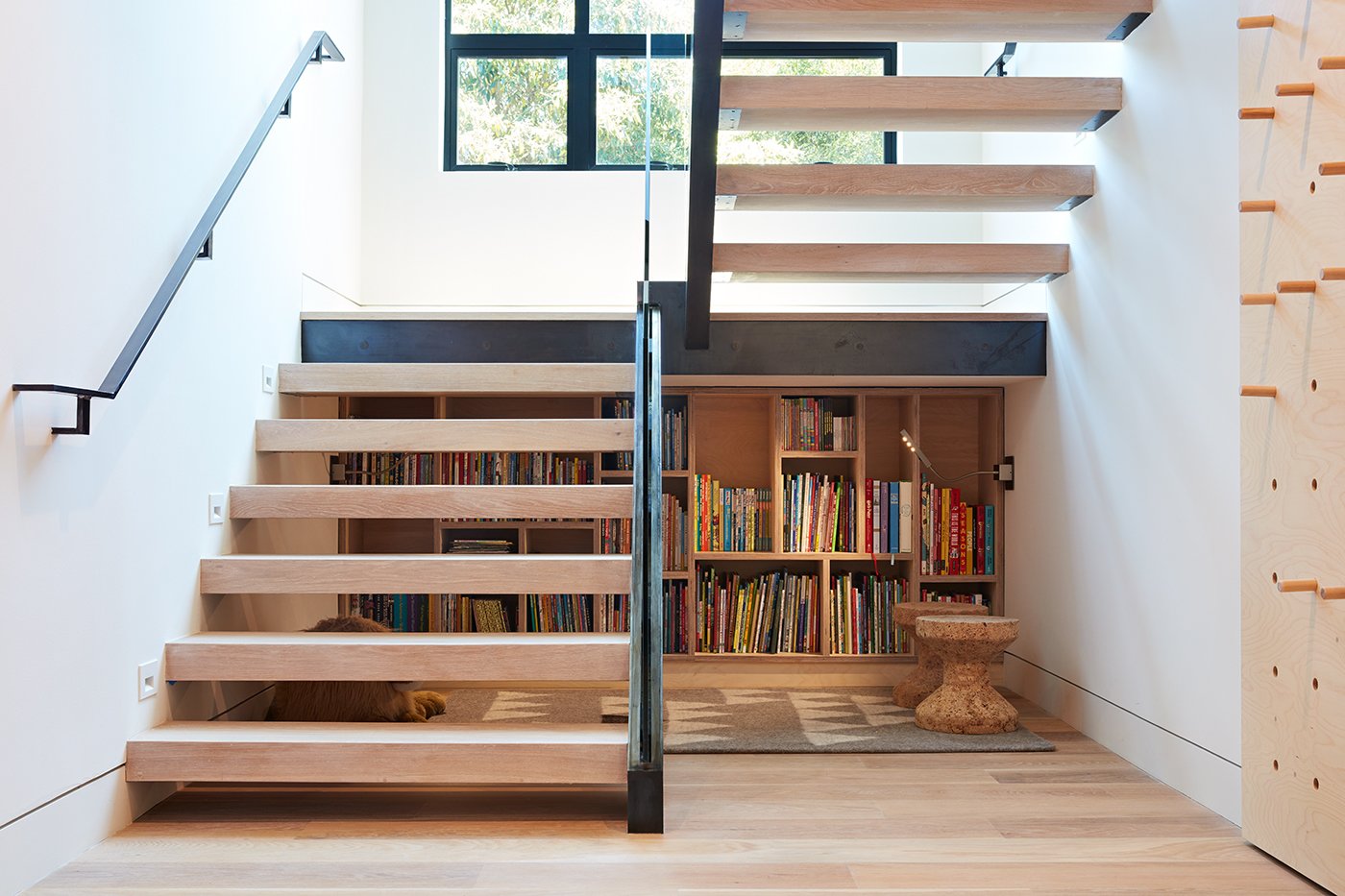
source: dwell.com
This is one area where even adults will make a mistake.
Children have a high risk of falling down the stairs. If you have stairs in your house, make sure the flooring is not polished. Slips can be stopped by using rough flooring.
If you have a small child, stair-to-stair carpeting is a good investment. It not only looks fantastic, but it also serves as a good cushion against injuries.
Childproof Your Car
Baby proofing doesn’t end at the front door; it also involves making sure your vehicle is free of any possible hazards. In reality, your car will be the first place your baby sees on his way home from the hospital, so it’s important to brush up on car seat safety basics. Here are some pointers to bear in mind when baby-proofing your vehicle.
- Install an approved rear-facing car seat in the back seat (preferably in the middle) and have it tested (for free!) by a certified child passenger safety technician in your region.
- If the sun is high in your city, use stick-on sun shades to keep the rays out of the back windows (but avoid ones that hang or connect with suction cups, which can fall or pop off).
- Remove any small items that may cause choking, such as coins and pens, from the vehicle.

